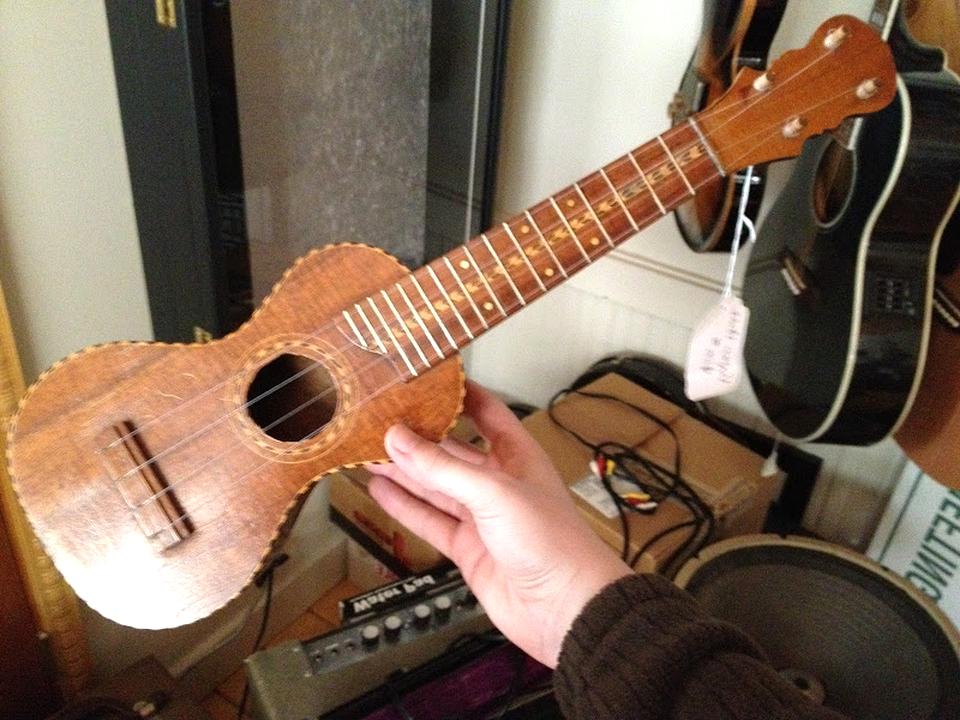
How can you be in tune with your ukulele? The ukulele is a fantastic little instrument with many possibilities. You can play chords and melodies on it but a requisite is that your ukulele is in tune. Let's tune up!
As you can see Ukulele for sale in uk this chord sequence you have one note in common in the A-minor chord and the F-major chord. I suggest that you keep your left hand middle finger down on the second fret on the fourth string as you move from Am to F.
Adjust your temperature. I know this is a tough one, but see if you can raise or lower your thermostat one degree every few days. I also noticed that on cool mornings you can open all your windows and lower the temperature of your house. When the day warms up, close the windows. This will help keep your house cooler during the day.
To make music of the song with ukulele accompaniment it is important to be able to change between chords smoothly. I suggest that you work on the art of changing from one chord to another by choosing for exampel C and F.
It's cheap - Children can't always be trusted to be careful with their instrument. There's no need to worry with a Ukulele. They are cheap to replace and hardy instruments (I once watched a child stand on one to reach a shelf).
The standard tuning for soprano, concert and tenor Ukulele for sale is C tuning which means the four strings will be associated with the pitch of G C E A. The 4th string is G, 3rd string is C, the 2nd string is E, the 1st string is A. That is when you strike the open string it sounds those notes. The G is tuned to the G above middle C on the piano, an octave higher than you might think. The baritone ukulele is tuned to D G B E with the sound going from low to high.
You can use your first finger for all the notes but a more professional Ukulele for sale in uk approach is to play the notes on the first fret with your first finger, the notes on the second fret with your long finger and the notes on your third fret with your ring finger.
The best way to pick up on these chord variations is to listen to the melody. It's often easier to work out single notes than it is full chords. If you can figure out how to play the melody, all the better. Melody notes are often picked up on in the chords. So if you can find these notes, they will help you find those subtle chord variations.